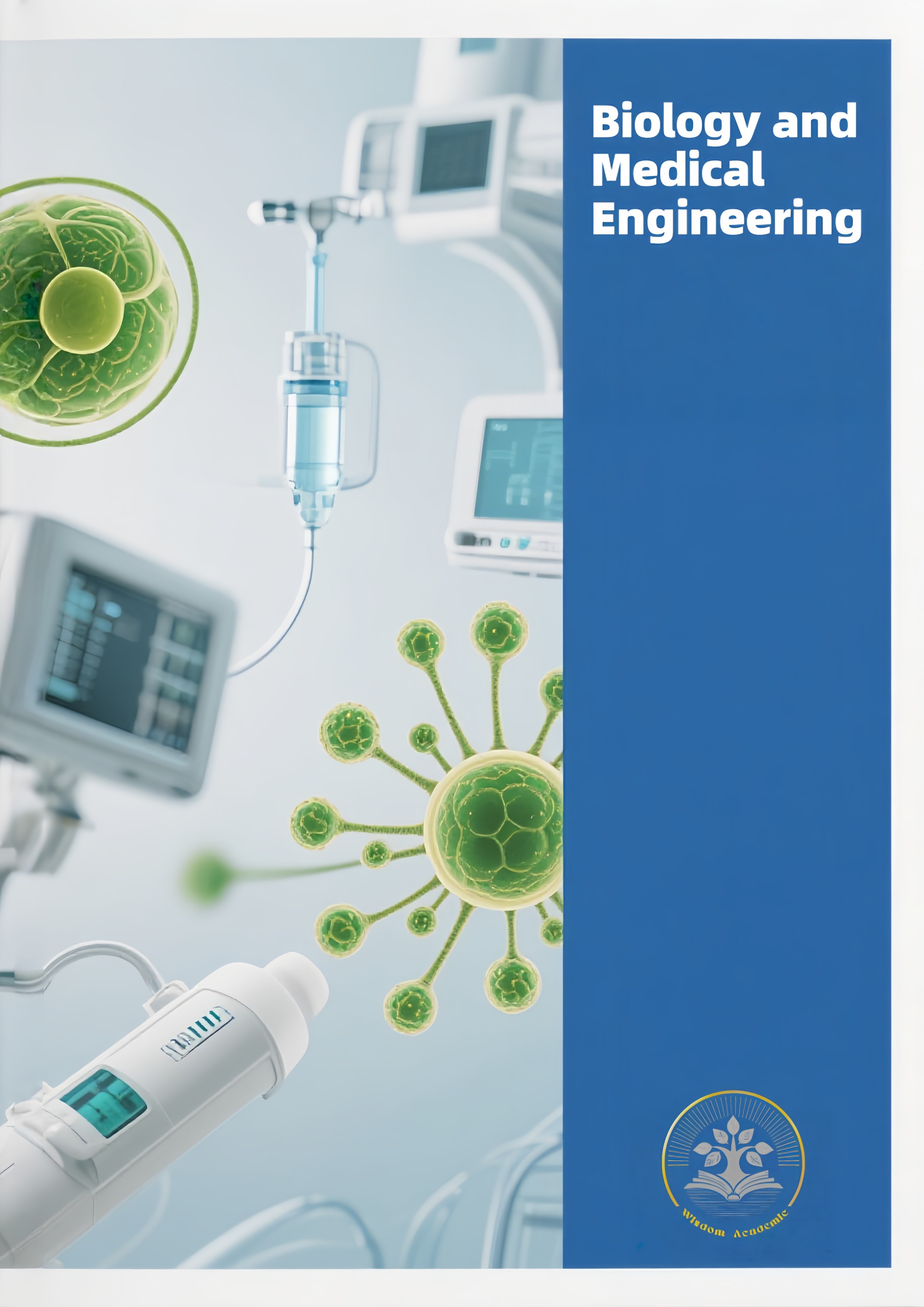Abstract
This study has resolutely investigated the design and biocompatibility optimisation of bionic material-based artificial organs and organ replacement therapy. A novel class of polycaprolactone-based nanocomposite scaffolds reinforced with hydroxyapatite nanoparticles and graphene oxide was synthesised and characterised, demonstrating compressive modulus mechanical properties of 4.8 MPa and optimal biocompatibility. With custom 3D bioprinting, patient-specific organ models were designed with hierarchical porous structures to enhance cellular infiltration and vascularisation, attaining a sculpted porosity of 78%. In vitro and in vivo assessments showed low inflammatory responses with temporal M1 to M2 macrophage transitions indicating integration. Long-term studies demonstrated controlled degradation kinetics (k = 0.023 day⁻¹) along with no cytotoxic by-products. Cell culture assays showed these materials achieved 96% cell viability and 3.8-fold proliferation enhancement compared to controls. These results establish a new paradigm for artificial organ development that addresses the shortage of organs while providing optimised biological functionality and compatibility to patients.

